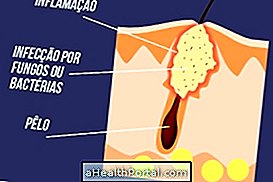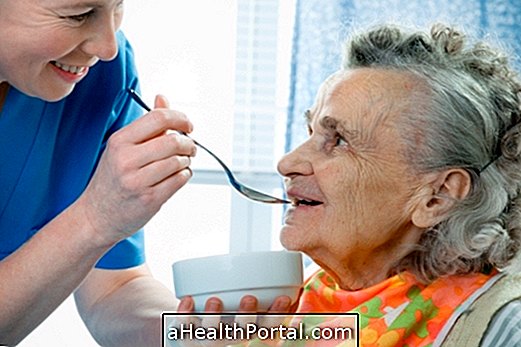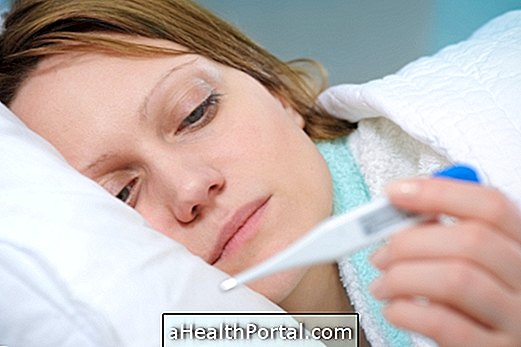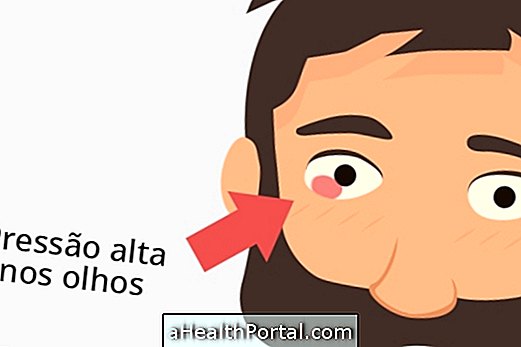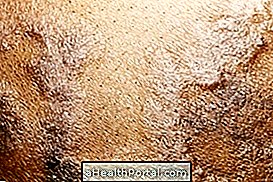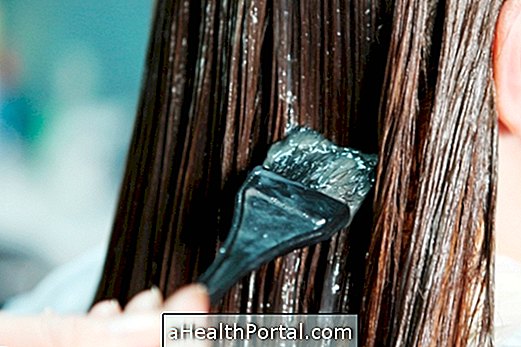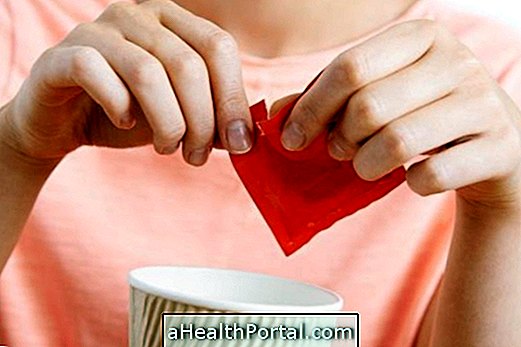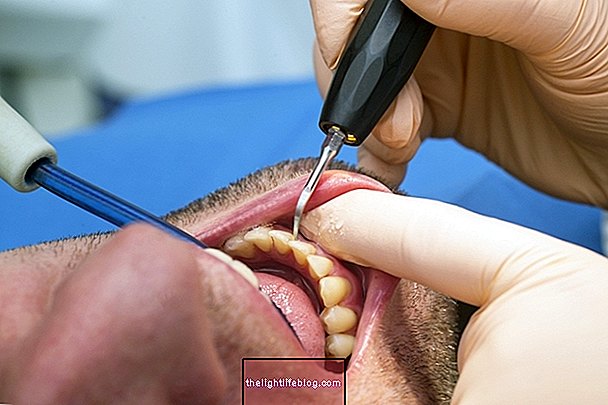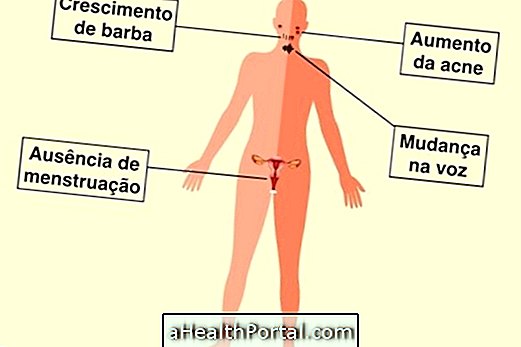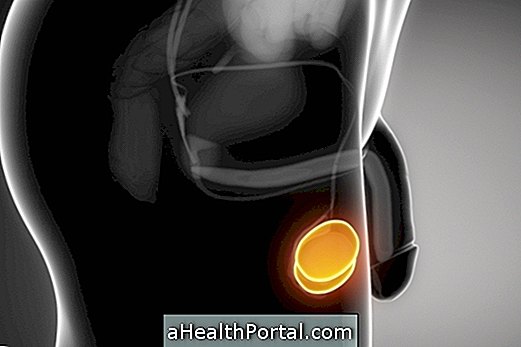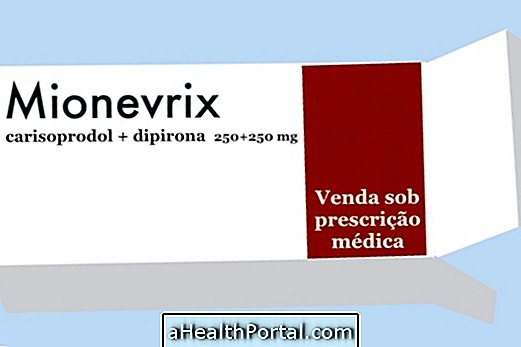Childhood urinary incontinence is when the child can not hold pee during the day or night after 5 years of age. When lack of pee control happens during the day, this is called daytime enuresis, and when it happens at night, and the child pees in bed, this is called nocturnal enuresis.
Usually the child can control pee and poo properly, without the need for specific treatment, but sometimes treatment with their own devices, medicines or physical therapy may be necessary.
What causes the child's difficulty in holding pee
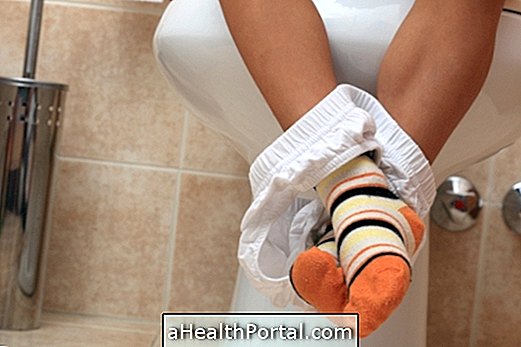
Daytime urinary incontinence or diurnal enuresis:
- Bladder too full because the child ignores the signs and does not go to the bathroom so he does not have to stop playing;
- Frequent urinary tract infection ;
- Overactive bladder, in which the muscles that serve to prevent the exit of the urine contract involuntarily, leading to the escape of the urine;
- Serious changes such as cerebral palsy, spina bifida, brain or nervous damage.
Nocturnal nocturnal urinary incontinence or nocturnal enuresis:
- The child does not notice the signs that he should get up to pee because of the slower development of the "brain-bladder" connection;
- Increased urine output at night;
- Anxiety;
- Genetic causes, since there is a 40% chance of a child having nocturnal enuresis if this happened to one of their parents, and 70% if they were both.
In addition to these causes, problems in the urinary system such as deformities or repeated urinary infections can also cause nocturnal enuresis as well as brain problems. However, these latter two causes are less frequent.
How to Identify Urinary Incontinence in Children
Parents should note that if a child has the following signs after the age of 5:
- Not being able to hold your pee during the day, getting your underwear wet or wet, wet or smelling of pee;
- Not being able to hold the pee, peeing in bed more than once a week.
The age at which the child can control pee during the day and night ranges from 2 to 4 years, so if after that stage the child still has to wear a diaper during the day or at night, one should talk to the pediatrician on this subject, but the pediatric urologist is also an option.
How Treatment for Childhood Urinary Incontinence Is Done
Initially parents should have some care like:
- Do not offer liquids after 8pm;
- Take the child to pee before going to bed;
- Take the child to pee every 2 or 3 hours, and about 20 minutes after taking water or juice.
To make life easier on a day-to-day basis, it is also a good idea to put on a waterproof cover to cover the child's mattress, bring an extra change of clothes to the nursery or preschool.
However, when these strategies are not enough, the pediatrician can indicate the use of a small alarm that is placed inside the panties or underwear, which has a humidity sensor, and so when the first few drops of pee come out, the alarm rings and the child has to go pee in the bathroom. This is one of the strategies that has the most results.
In case of overactive bladder, your pediatrician may prescribe anticholinergic remedies, such as Desmopressin, Oxybutyrin and Imipramine, they can also be used because they reduce urine production and soothe the bladder.
Physical therapy can also be a form of treatment through exercises that strengthen the child's pelvic muscles, in addition to scheduling the child to urinate. Another possibility is sacral neurostimulation, which is a technique that consists of attaching an electrode to the child's sacrum between the back of the back and the beginning of the buttock to stimulate control of urine and faeces. difficulty controlling stool and urine.
Learn all the details about Treatment for Child Urinary Incontinence.
